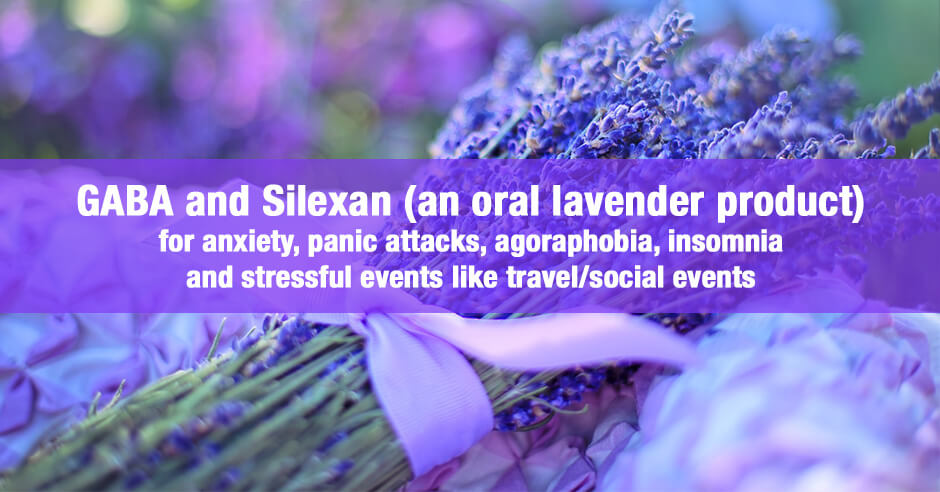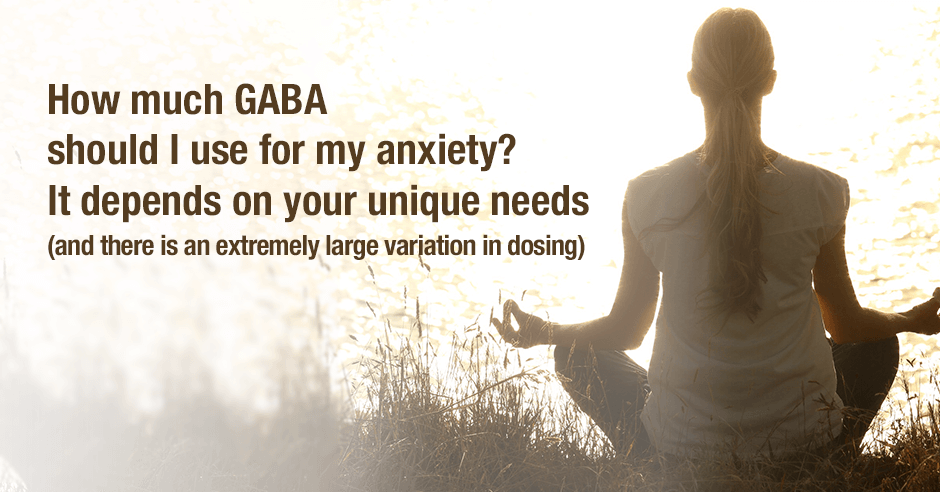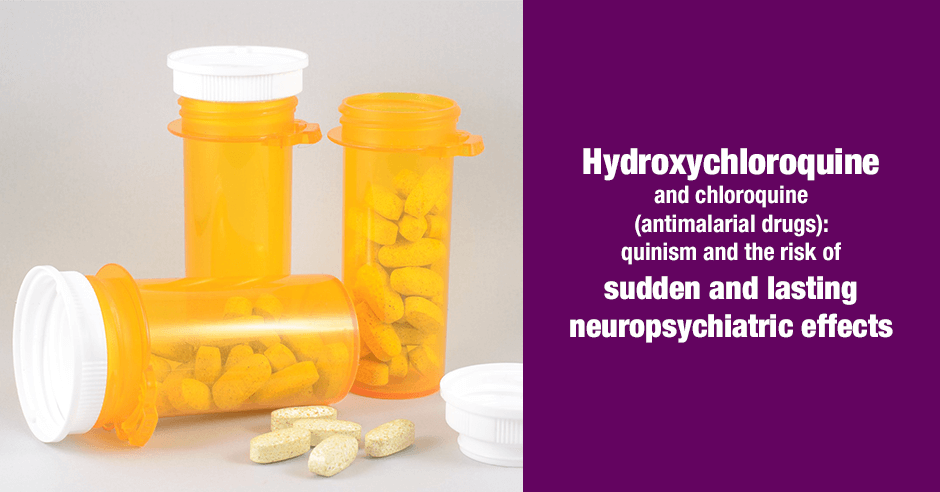
When sharing a study on the benefits of Silexan, a proprietary formulation of oral lavender essential oil (used as a supplement), I received this feedback from Kat. She uses both Silexan and GABA with success, depending on the situation:
I used Silexan (CalmAid) here in the USA, for 7 weeks and had wonderful results!!
I was having daily constant panic attacks… agoraphobia and insomnia. They put me on several SSRIs to which I had severe reactions to. The Silexan saved me! I was able to get my life back. I used it nightly and it helped tremendously with sleep and anxiety. I heard about it through The Carlat Report Psych podcast and website after a desperate search to find something to help.
It’s a product that I highly recommend to everyone I know who suffers with anxiety. I now use it only as needed. There are no side effects except a perfume burp but that’s tolerable for me! It can be stopped without any withdrawal effects.
And this is how she responded when I asked if she had previously done a trial of GABA or tryptophan and how Silexan compared to the amino acids.
I use the GABA during times where the panic is increasing (GABA Calm 1/2 tablet, sublingually).
I use the Silexan when I have something stressful planned like travel, social events etc. Silexan works so well without any side effects and can be stopped without any withdrawal effects.
The GABA is an immediate effect vs the Silexan which is slower acting but lasts throughout the day.
What wonderful results for Kat. I thanked her for sharing and voiced my concern with CalmAid and some of the other products that contain Silexan: they contain canola oil. I just wish they stopped making this with canola oil! I share more about this below and another product option that doesn’t use canola oil.
GABA or Silexan? Kat’s sweet spot, serotonin and pyroluria
If you’re wondering where you should start – GABA or Silexan? If you’ve been following my work or even starting to use GABA, you’ll know I always start clients with GABA when they have low GABA symptoms of physical anxiety and tension.
I agree with Kat – it’s very typical for GABA to provide immediate results. I did also share with her that in order to get longer lasting effects GABA does need to be used 3-4 x day, between meals. This means that, for her, GABA may offer similar results to Silexan by slowly building up her GABA levels.
However, Kat has found the sweet spot she needs by using this combination so I would stick with this approach.
If she did decide to stop using Silexan in the future, tryptophan may be needed too – for low serotonin worry-type anxiety symptoms. She did mention that she doesn’t currently use tryptophan and Silexan also affects serotonin levels.
I do love that Kat plans for stressful events and uses Silexan in these situations. She does mention needing it for social events so I’d suggest looking into pyroluria too. More here on this social anxiety condition and how zinc, vitamin B6 and other key nutrients can help.
Kat’s dietary changes, no caffeine, no sugar and cravings?
I also asked if she has also made dietary changes and quit caffeine, alcohol and sugar. Kat shared that she doesn’t drink any caffeine and hasn’t since 2015. Good for her – caffeine is a major anxiety trigger. She does recognize that her anxiety gets worse when she’s eating a lot of processed foods/gluten/dairy/soy and she limits these.
I said it’s best to avoid these trigger foods altogether. This is often easier said than done! The amino acids help so much to break the addiction and eliminate the need to use willpower: GABA for stress-eating, tryptophan or 5-HTP if her cravings happen mostly in the afternoon and evening, and DPA if comfort foods are her reward. More on the amino acids and cravings here.
I thanked Kat for sharing her wonderful results and asked for permission to share as a blog. I always appreciate being able to do this so I can continue to educate and inspire. This also shows how there is no-one size fits all.
Silexan research on anxiety and insomnia
This is the study I shared on Facebook – Prescription of Silexan Is Associated with Less Frequent General Practitioner Repeat Consultations Due to Disturbed Sleep Compared to Benzodiazepine Receptor Agonists: A Retrospective Database Analysis
The prescription of Silexan to adult patients consulting general practitioners (GPs) for disturbed sleep results in less frequent repeat consultations than Z-drugs (including zolpidem, zopiclone, and zaleplon).
This may support Silexan’s role as an efficacious, self-enabling, well-tolerated, and sustained treatment option.
Because Silexan is a proven anxiolytic, its impact in improving undiagnosed anxiety disorders may have had a lasting effect for certain patients.
As explained in this same paper, “Silexan is an active substance with an essential oil produced from Lavandula angustifolia flowers.” It’s a proprietary lavender oil that complies with and exceeds the European Pharmacopoeia quality definition for the monograph lavender oil. “Several studies have shown positive effects of Silexan on symptoms of subsyndromal/mild anxiety or GAD [generalized anxiety disorder] compared to conventional treatment or placebo groups.”
Silexan and other oral lavender products
The proprietary product of Silexan, with 80mg of Lavandula angustifolia essential oil, is found in a number of products:
- Nature’s Way CalmAid ® (this is the product Kat used/uses)
- Integrative Therapeutics Lavela ™
- Seremind ® (in Australia)
This supplement, NFH Lavender SAP, does not use the proprietary Silexan but does contain 80mg of organic lavender (Lavandula angustifolia) essential oil. This product is my preference since it contains olive oil and not canola oil like the others mentioned above.
All of the above are available in my online supplement store (for US purchases only). Nature’s Way CalmAid ® is also available on iherb.
Dosing recommendations for adults is 1 softgel once or twice daily with a full glass of water. There is a caution not to use while pregnant, nursing, or for children under 12 years of age.
GABA for anxiety, insomnia, sugar cravings, sensorimotor skills and immunity
I share case studies and research about GABA all the time so I’ll just share links to some of the past GABA blogs in case you’re new to GABA (a calming amino acid and neurotransmitter):
- GABA for ending sugar cravings (and anxiety and insomnia)
- GABA is a life saver for anxiety, theanine helps at night (insomnia) and 5-HTP makes a significant difference in lessening daily pain
- GABA and theanine for easing anxiety, improving sleep and supporting immunity
- Half a crushed GABA Calm for my autistic child: sleep, anxiety and sensorimotor skills (writing, horse riding and swimming) improve
Resources if you are new to using GABA and other amino acids as supplements
If you are new to using GABA or any of the other amino acids as supplements, here is the Amino Acids Mood Questionnaire from The Antianxiety Food Solution (you can see all the symptoms of neurotransmitter imbalances, including low GABA and low serotonin).
If you suspect low levels of any of the neurotransmitters and do not yet have my book, The Antianxiety Food Solution – How the Foods You Eat Can Help You Calm Your Anxious Mind, Improve Your Mood, and End Cravings, I highly recommend getting it and reading it before jumping in and using amino acids on your own so you are knowledgeable. And be sure to share it with the practitioner/health team you or your loved one is working with.
There is an entire chapter on the amino acids and they are discussed throughout the book in the sections on gut health, gluten, blood sugar control, sugar cravings, self-medicating with alcohol and more.
The book doesn’t include product names (per the publisher’s request) so this blog, The Antianxiety Food Solution Amino Acid and Pyroluria Supplements, lists the amino acids that I use with my individual clients and those in my group programs. You can find them all in my online store. The above oral lavender products are available in my online store too.
If, after reading this blog and my book, you don’t feel comfortable figuring things out on your own (i.e. doing the symptoms questionnaire and respective amino acids trials), a good place to get help is the GABA QuickStart Program (if you have low GABA symptoms). This is a paid online/virtual group program where you get my guidance and community support.
If you are a practitioner, join us in The Balancing Neurotransmitters: the Fundamentals program. This is also a paid online/virtual program with an opportunity to interact with me and other practitioners who are also using the amino acids.
Have you found that an oral lavender product such as Silexan (used as a supplement) helps with your anxiety, panic attacks and/or sleep?
Have you used the NFH Lavender SAP product with similar success to other Silexan products?
Do you also use the amino acid GABA (sublingually) and in what situations do you use GABA vs oral lavender?
How much of each do you use?
If you have other questions and feedback please share them here too.

